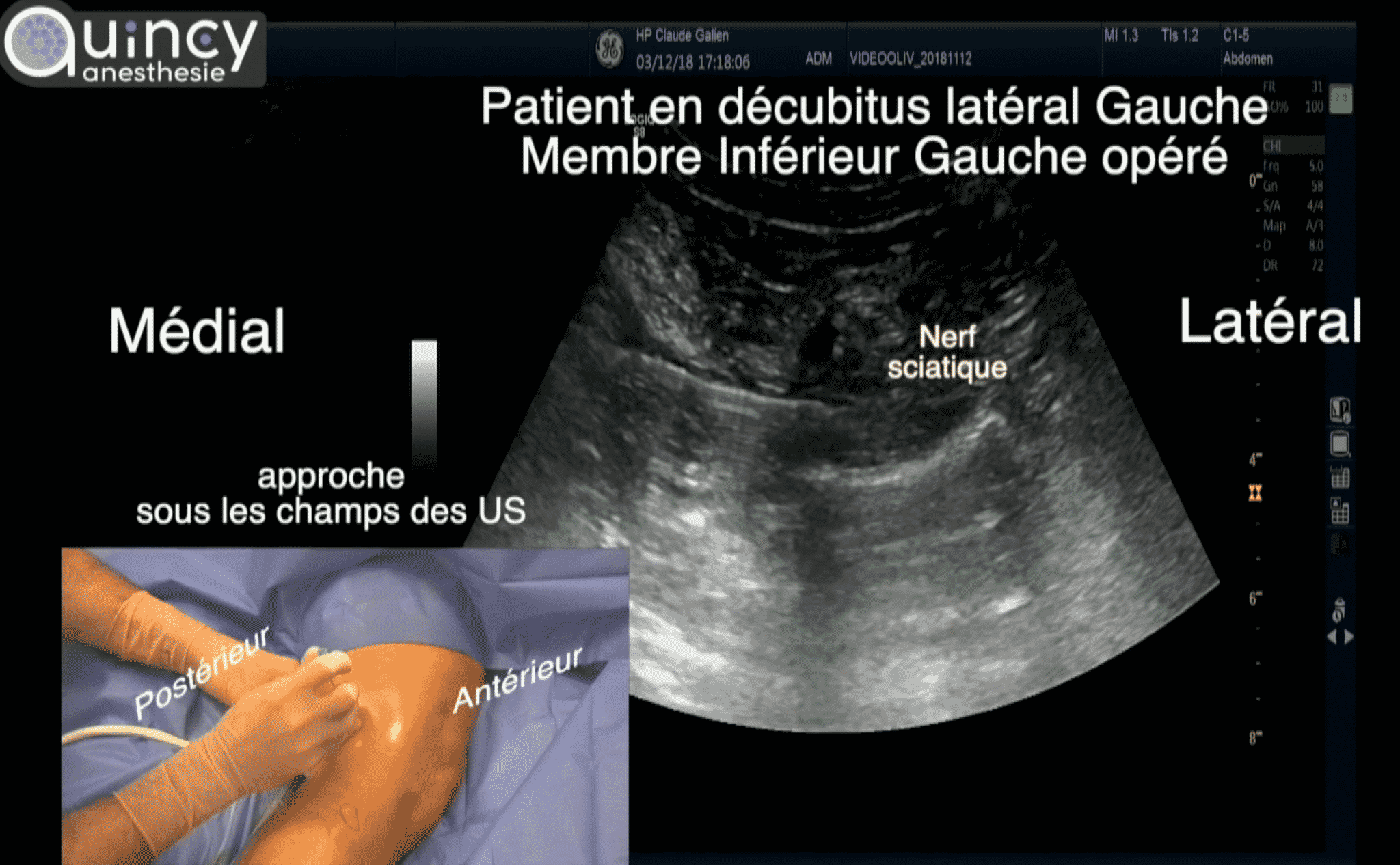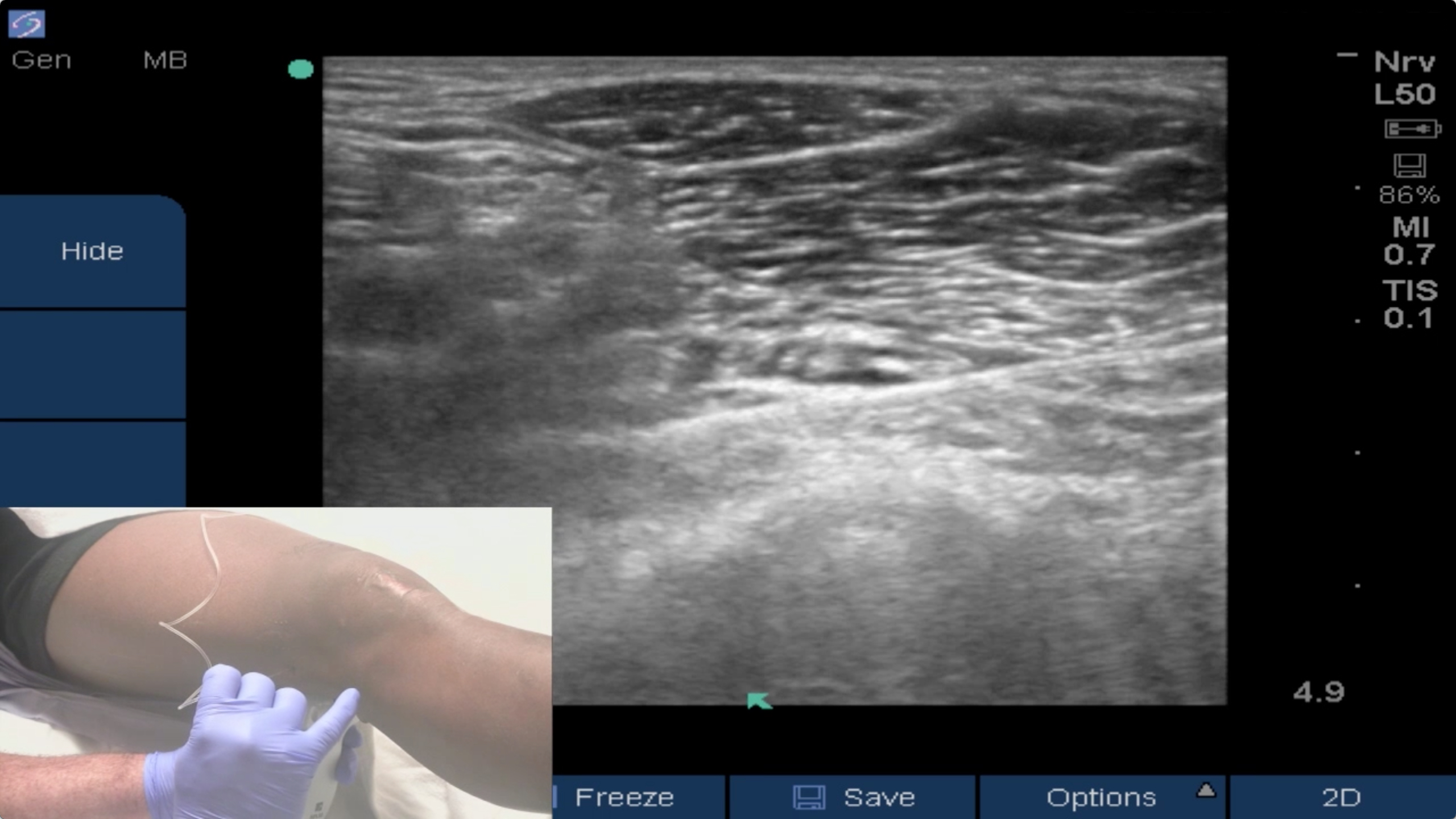
This prospective study compares pain scores between two cohorts of patients undergoing unilateral TKA.
#IPACK BLOCK TRIAL#
Comparison of adductor canal block and IPACK block (interspace between the popliteal artery and the capsule of the posterior knee) with adductor canal block alone after total knee arthroplasty: a prospective control trial on pain and knee function in immediate postoperative period. Sankineani SR, Reddy ARC, Eachempati KK, Jangale A, Gurava Reddy AV.Novel regional techniques for total knee arthroplasty promote reduced hospital length of stay: an analysis of 106 patients. Thobhani S, Scalercio L, Elliott CE, Nossaman BD, Thomas LC, Yuratich D, et al. This study describes the different articular branches that are most likely contributing to the analgesic effect of the iPACK block. A cadaveric study examining the spread of methylene blue–colored water following distal and proximal iPACK injection techniques. Evaluation of the iPACK block injectate spread: a cadaveric study. Tran J, Giron AL, Peng P, Sinha SK, Agur A, Chan V.The potential for local anesthetic spread to the tibial and common peroneal nerves is also highlighted.įrank H. A cadaveric study examining the spread of colored latex during iPACK injections, suggesting a possible mechanism for the analgesic effect of this block. Interspace between Popliteal Artery and posterior Capsule of the Knee (IPACK) injectate spread: a cadaver study. Niesen AD, Harris DJ, Johnson CS, Stoike DE, Smith HM, Jacob AK, et al.Descriptive review of the relevant iPACK anatomy and procedural technique by the inventor of the iPACK, Dr Sanjay Sinha

How I do it: Infiltration between Popliteal Artery and Capsule of the Knee (iPACK). A cadaveric study identifying the innervation of posteromedial knee. The nerve of the adductor canal and the innervation of the knee: an anatomic study. Laurant D, Peng P, Giron Arango L, Niazi AU, Chan V, Agur A, et al. Innervation of the human knee joint and implications for surgery. A cadaveric study demonstrating the anatomic communication between the adductor canal and popliteal fossa. The spread of ultrasound-guided injectate from the adductor canal to the genicular branch of the posterior obturator nerve and the popliteal plexus: a cadaveric study. Runge C, Moriggl B, Borglum J, Bendtsen TF.A summary of the anatomy and current regional anesthesia practices for postoperative pain management in total knee arthroplasty. Kukreja P, Feinstein J, Kalagara HK, Huntley SR, Lee SR, Naranje S, et al. 2017 126(5):923–37 Meta-analysis of analgesic techniques for TKA where the authors compared the efficacy of various peripheral nerve blocks and epidural analgesia, analyzing differences in pain scores, opioid consumption, and range of motion. Pain management modalities after total knee arthroplasty: a network meta-analysis of 170 randomized controlled trials. Terkawi AS, Mavridis D, Sessler DI, Nunemaker MS, Doais KS, Terkawi RS, et al.Presented at: American Society of Regional Anesthesia Meeting March 15-18 2012 San Diego, CA. Use of ultrasound guided popliteal fossa infiltration to control pain after total knee arthroplasty: a prospective, randomized, observer-blinded study. Sinha S, Abrams J, Sivasenthil S, Freitas D, D’Allesio J, Barnett J, Weller R, Lewis C. Papers of particular interest, published recently, have been highlighted as: This is a safe and relatively simple block to perform with a low risk of serious complications. The iPACK controls posterior knee pain following total knee arthroplasty (TKA) by anesthetizing the articular branches from the sciatic and obturator nerves.



Randomized controlled trials have shown that the iPACK, when used in combination with a femoral nerve block (FNB) or adductor canal block (ACB), is superior to a FNB or ACB alone in controlling postoperative pain. Cadaver studies have demonstrated that injection of dye in the tissue plane between the popliteal artery and the femoral shaft cranial to femoral condyles spreads to the genicular nerves that innervate the posterior knee and forms the basis of the analgesic mechanism of the iPACK. Recent literature supports the efficacy of the iPACK in controlling pain, improving postoperative physical therapy performance, and decreasing hospital length of stay (LOS). In this review, we discuss the essential iPACK (Infiltration between the Popliteal Artery and Capsule of the Knee) anatomy, block technique as well as potential complications, contraindications, and relevant literature evaluating the efficacy of the iPACK block.


 0 kommentar(er)
0 kommentar(er)
